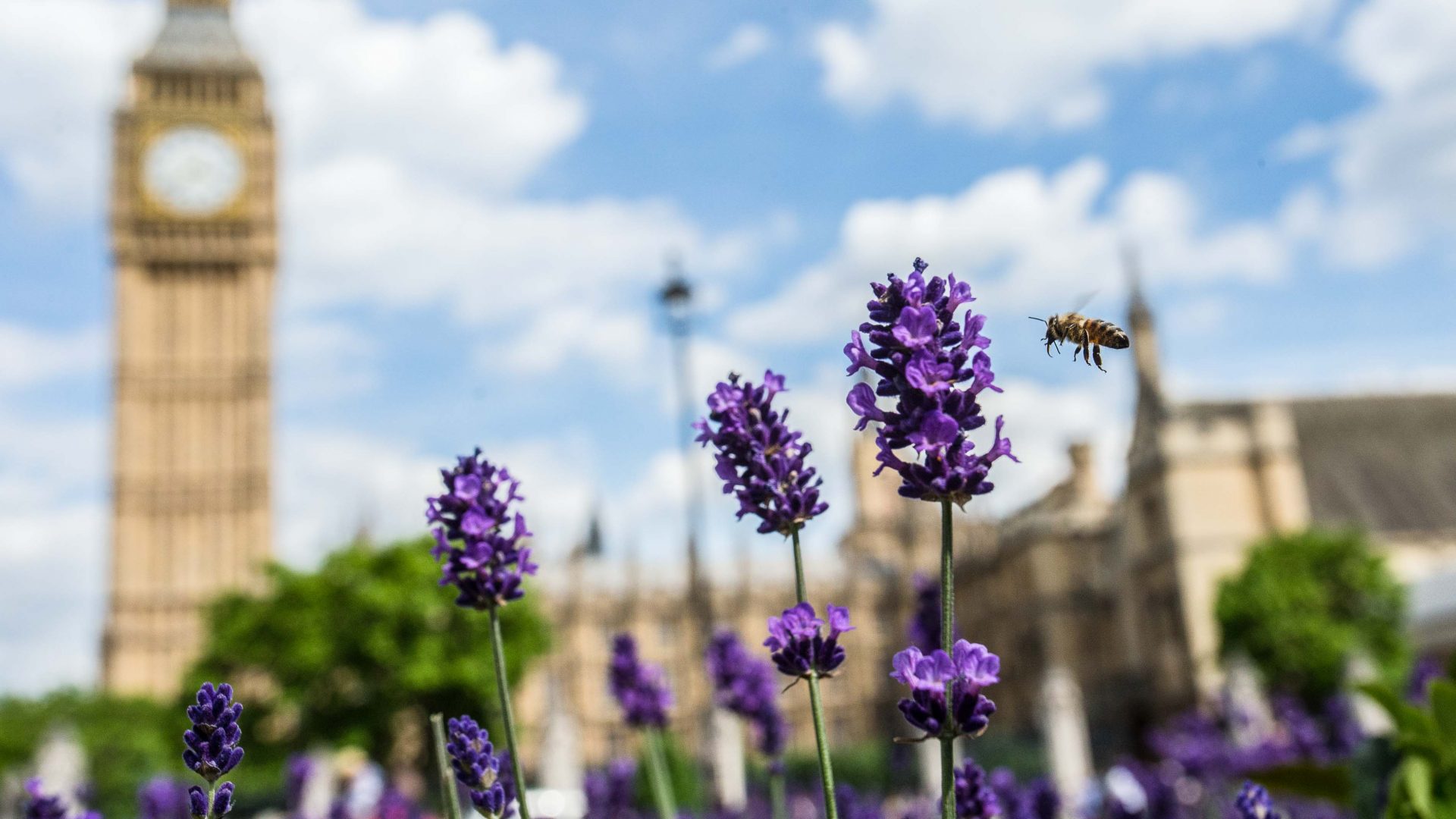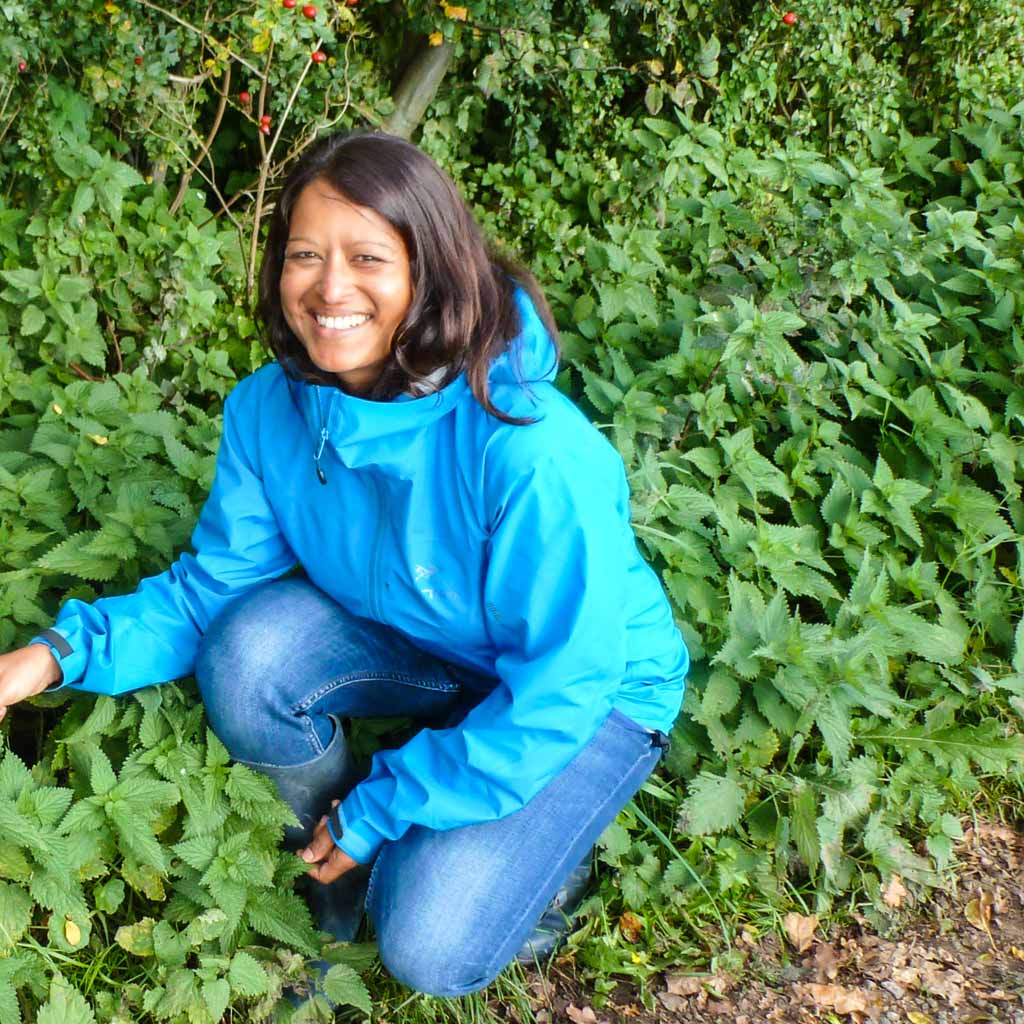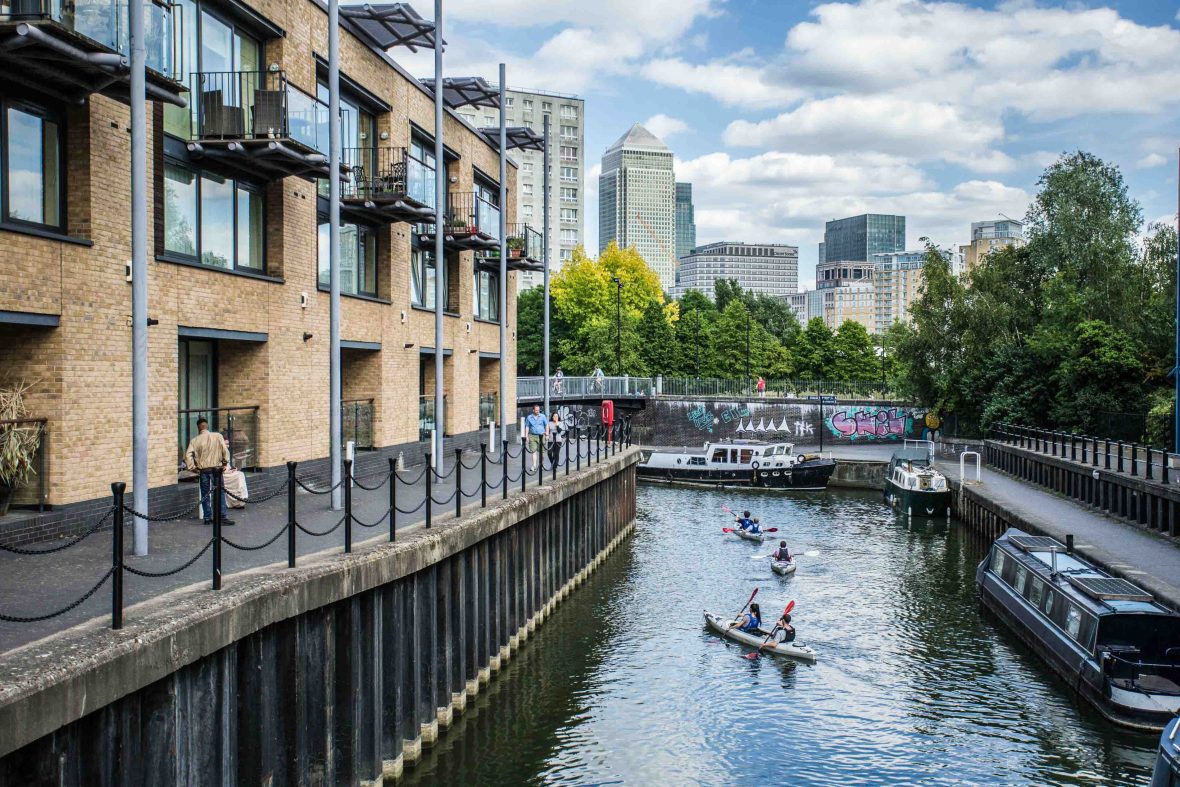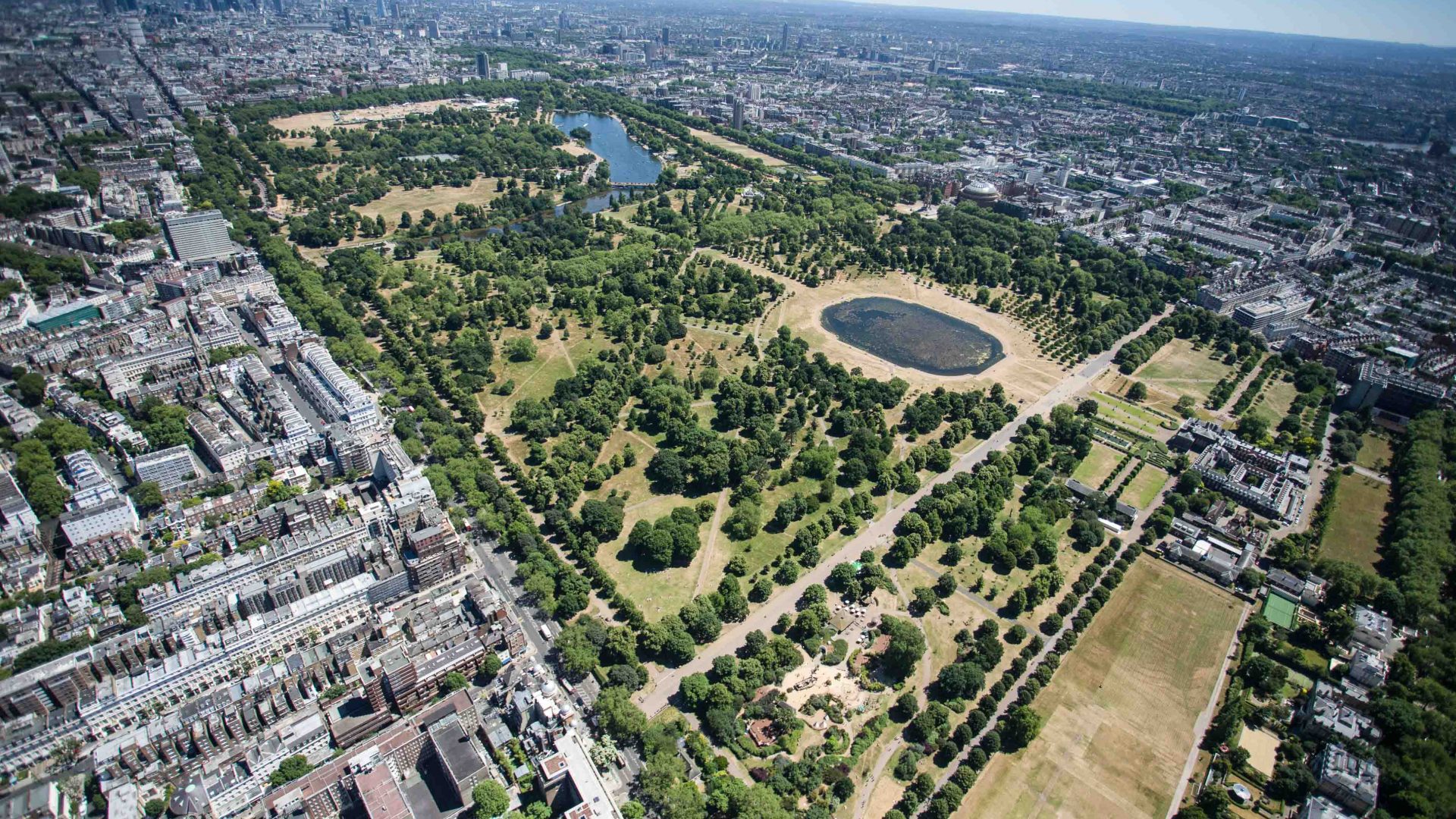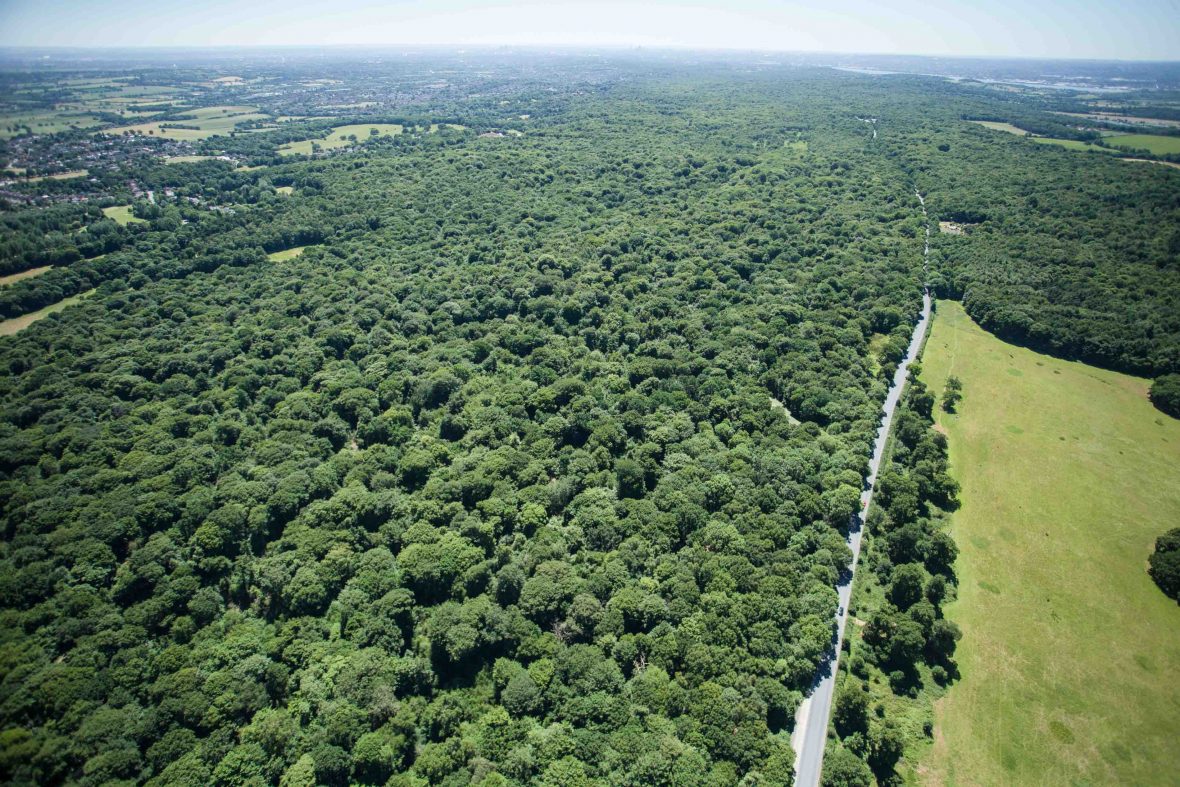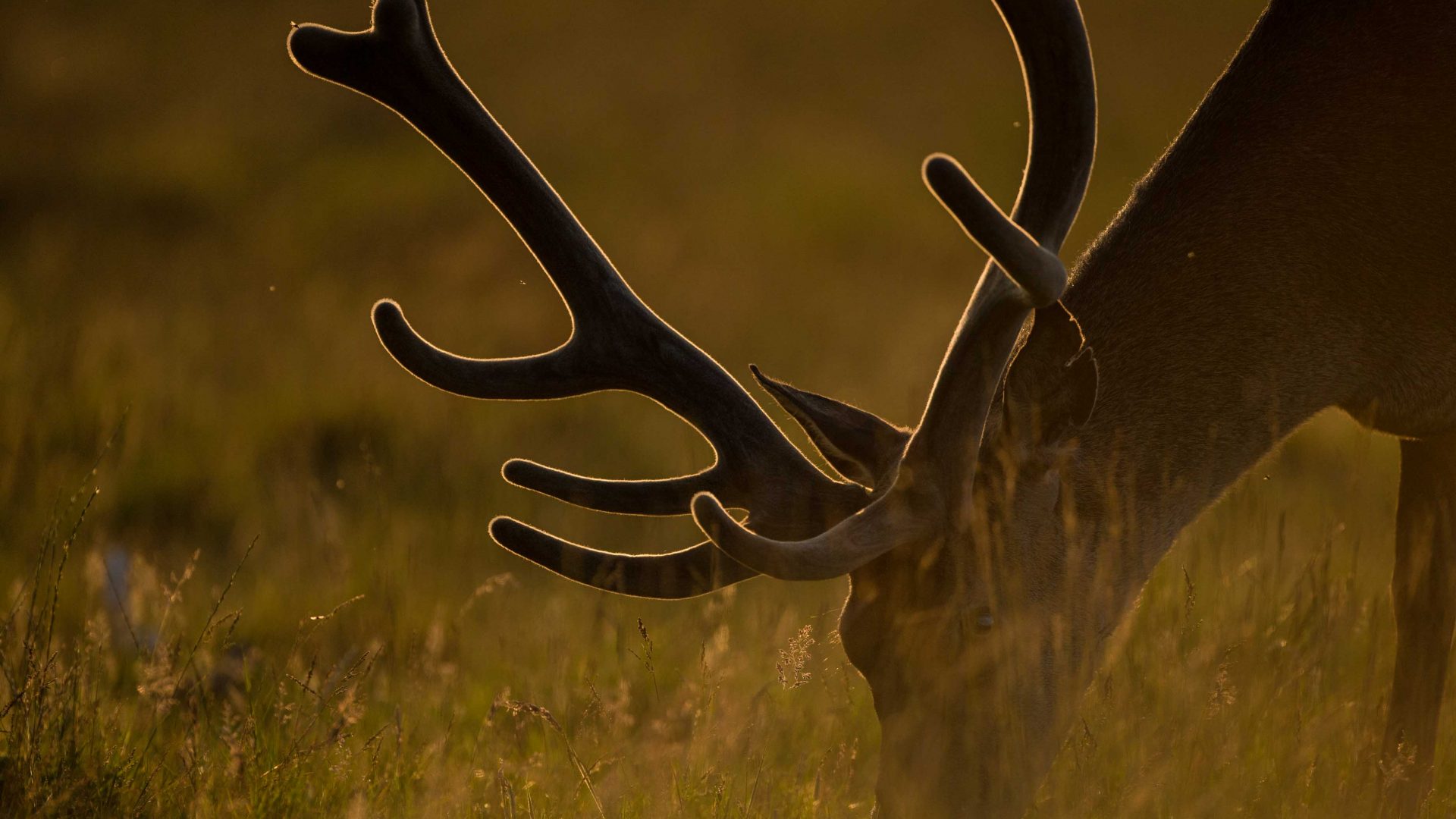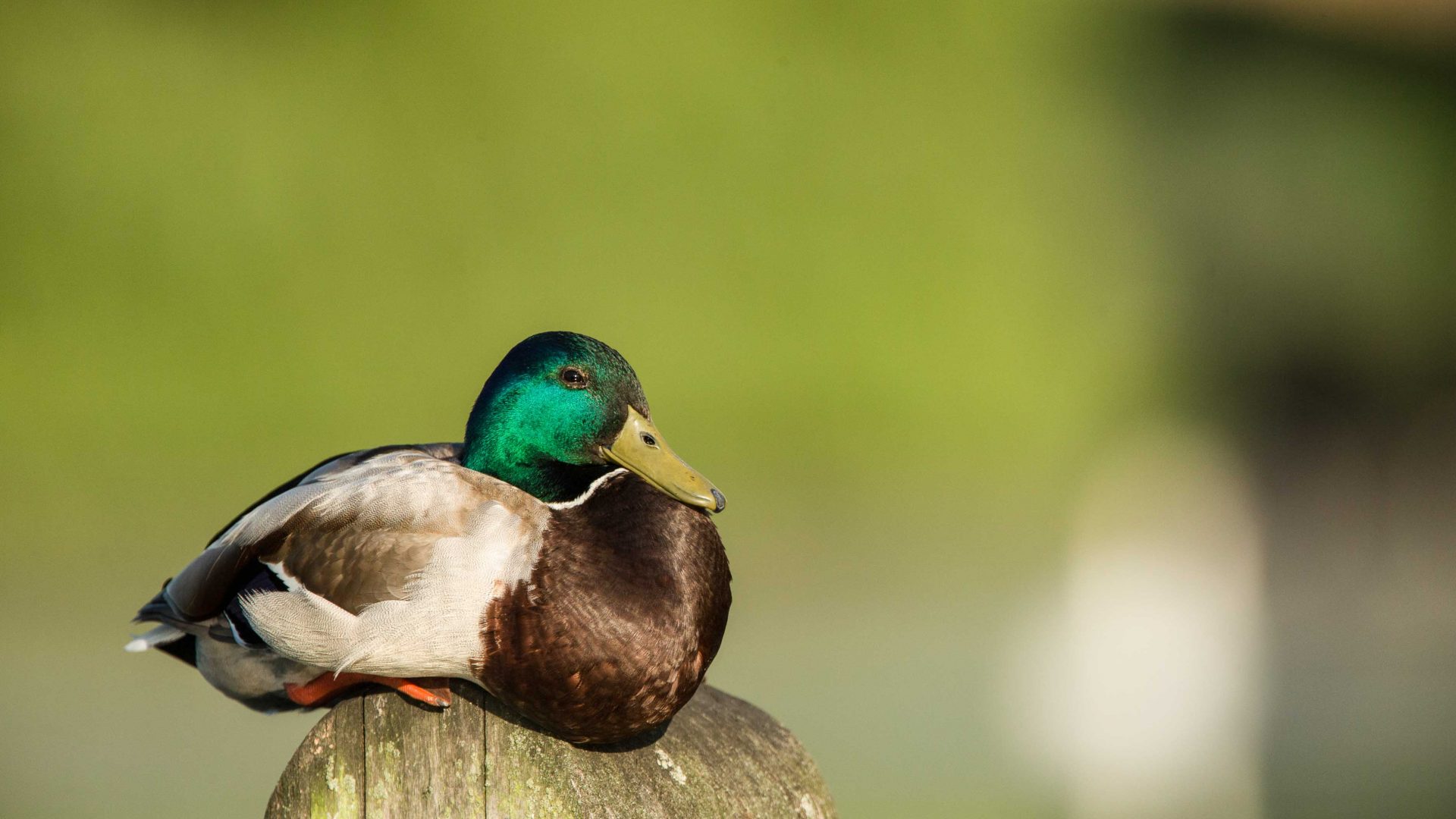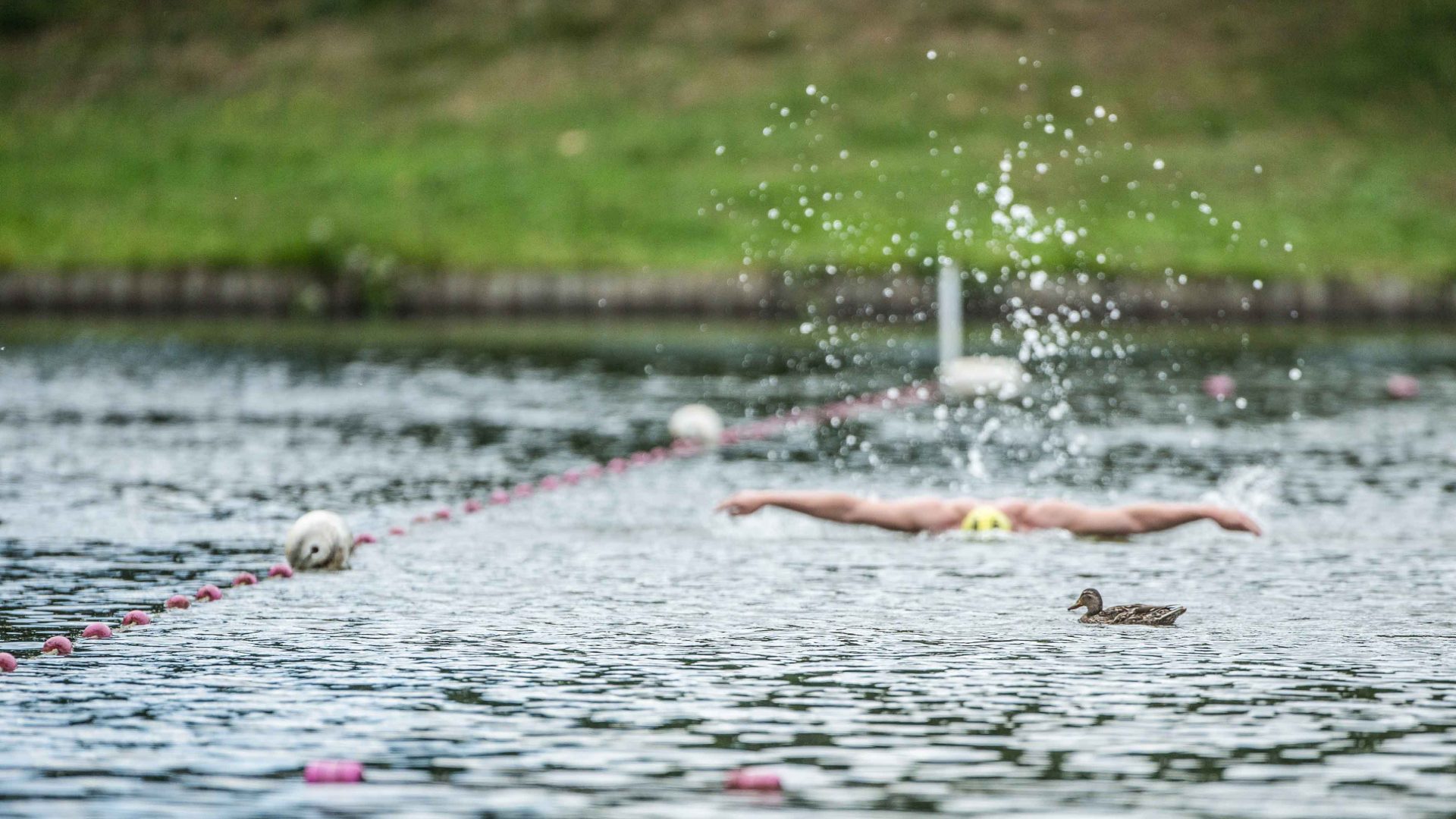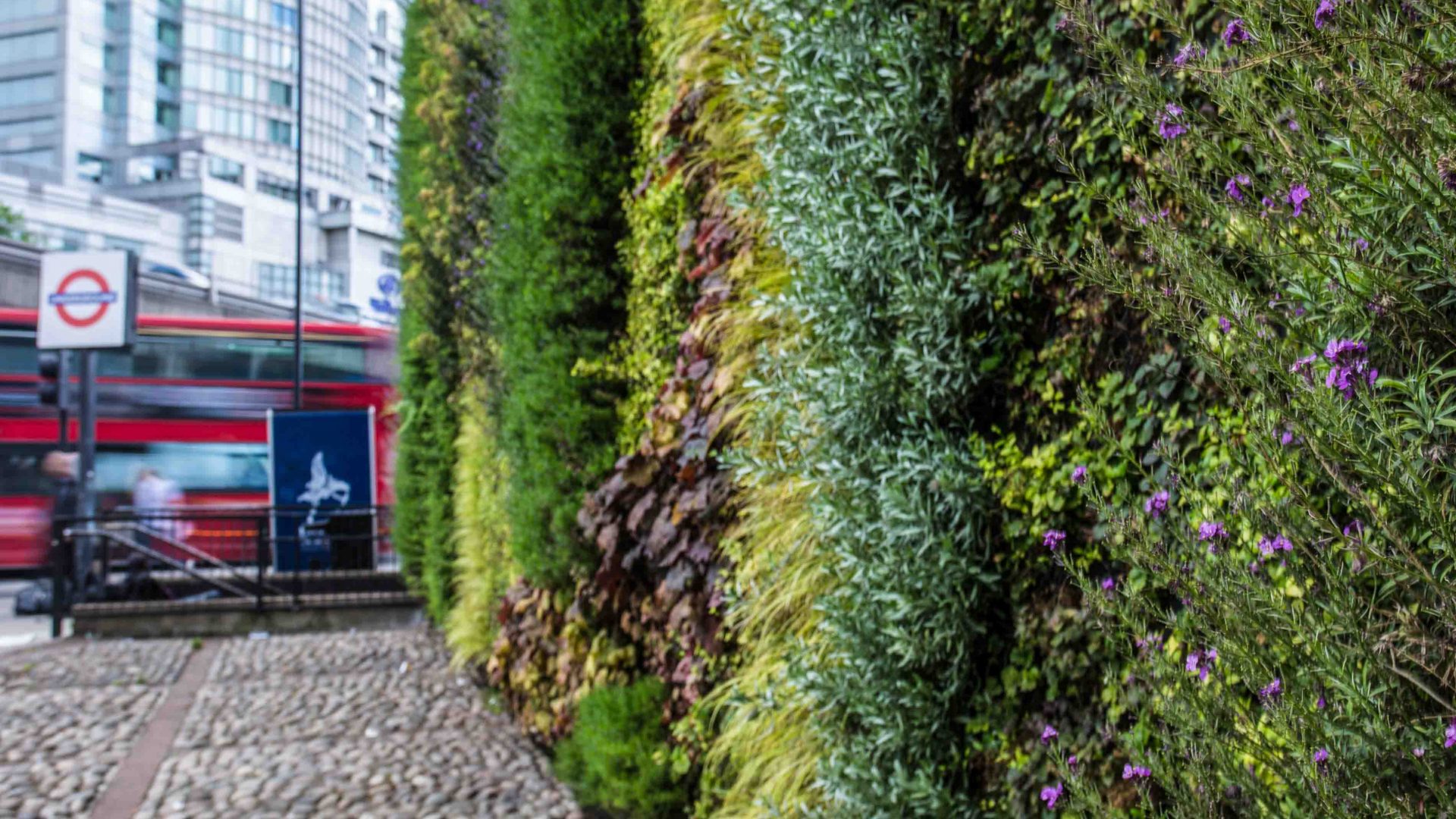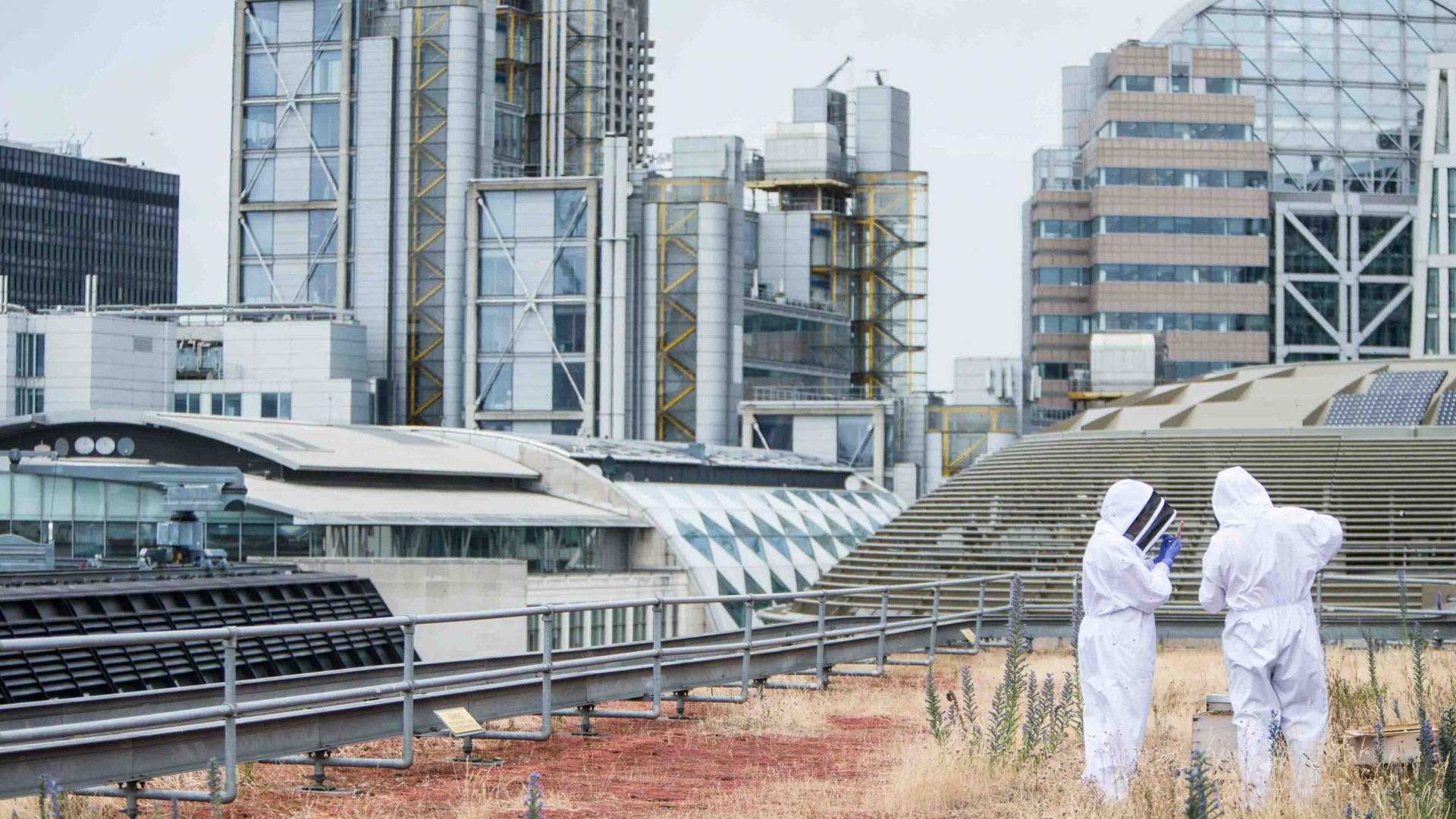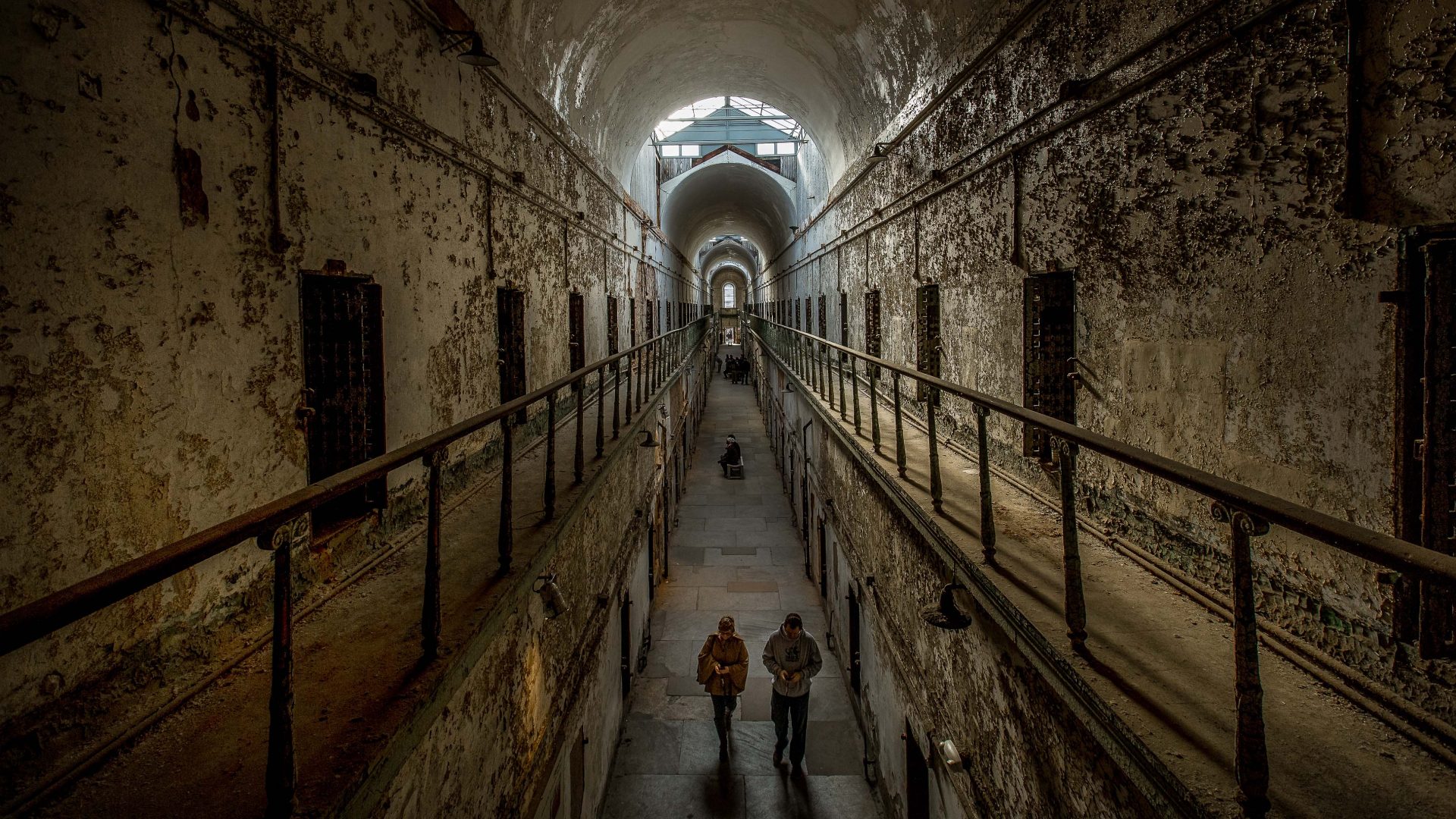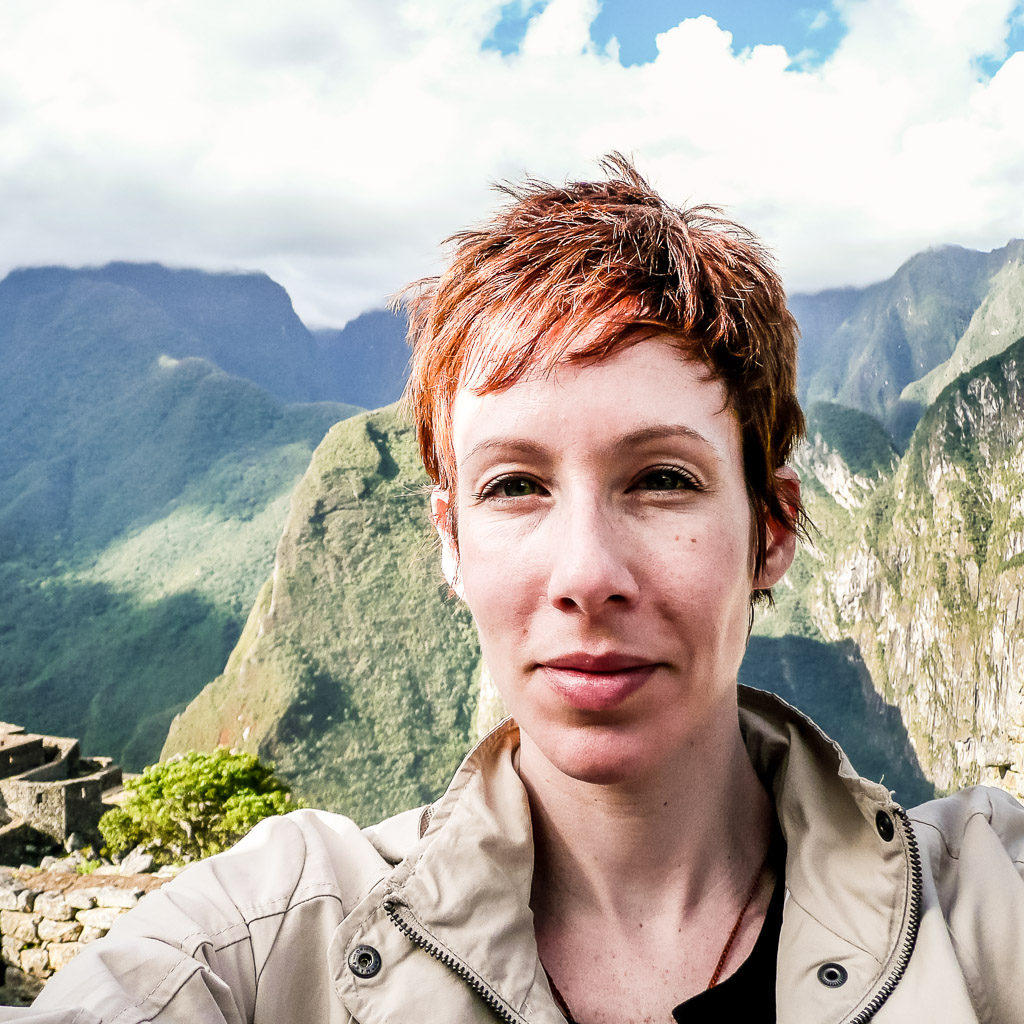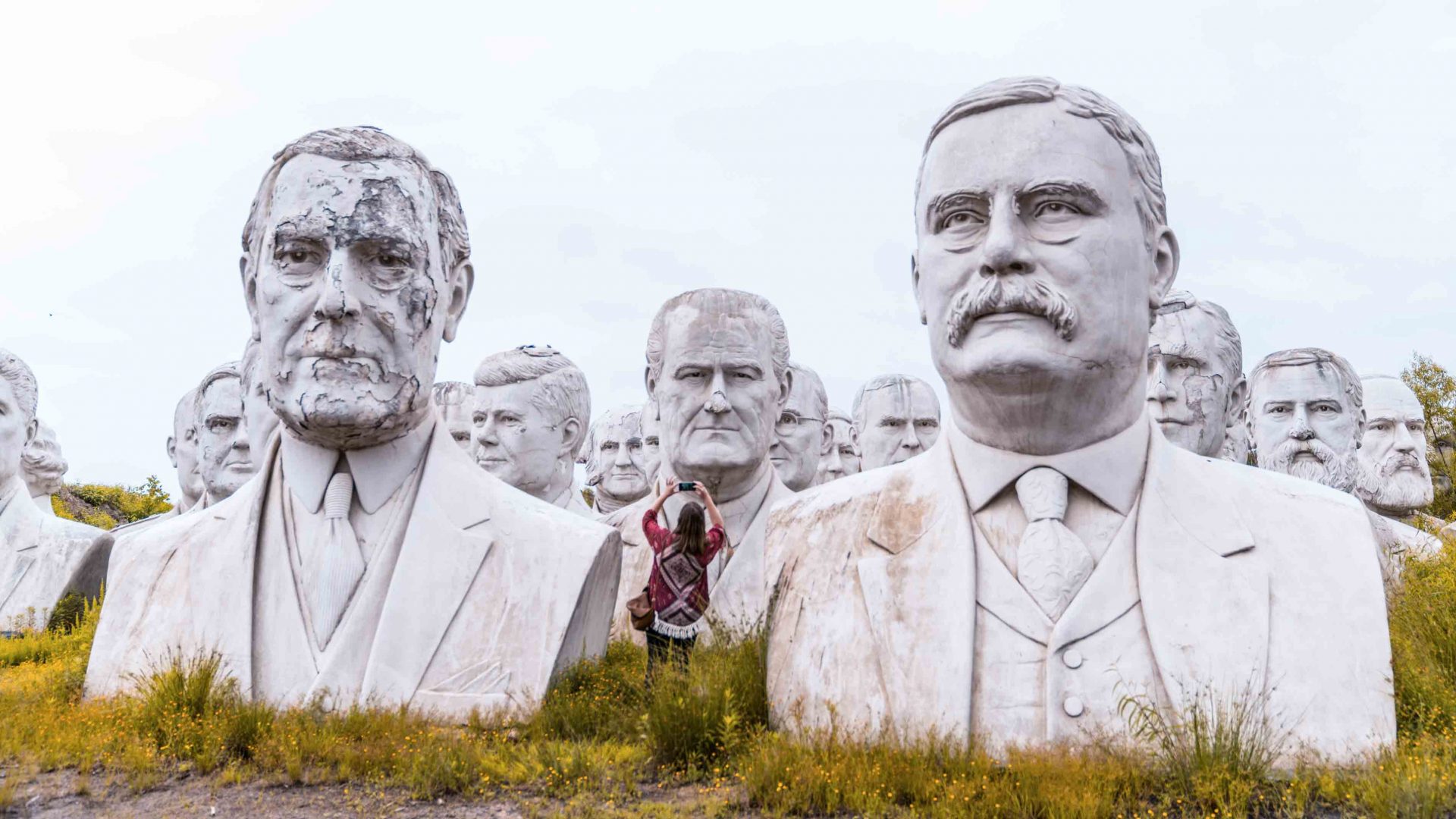It’s an idea that got London’s nature lovers salivating. How could London, one of the world’s busiest hubs, become a National Park City—and what does that mean?
On July 22nd 2019, London became the world’s first National Park City. This article was originally published in October 2017.
In February 2018, London came another step closer to declaring itself the world’s first National Park City by securing the support of not just the Mayor of London, but also the majority of representatives elected by Londoners. But is it truly possible to transform a city into a national park? What does this mean exactly? And how might Londoners, visitors, and the city’s green spaces benefit from it?
“Let’s think of London not just as a political, cultural and financial center, but as an ecological center too,” says Daniel Raven-Ellison, campaigner, geographer and the official Chief Exploration Officer for the London National Park City Foundation, a new charity launched in October 2017.
This initiative even has the formal backing of London’s mayor Sadiq Khan. So determined is the mayor to make London the most diverse, green, and inspiring urban eco-system in the world that he has set aside £9 million ($12 million) for a ‘Greener City Fund.’ The creation of the foundation adds ballast to the organizers’ glorious target—the launch of the park in 2019.
Raven-Ellison, who is also a self-styled “guerrilla geographer” and National Geographic Emerging Explorer, has done his homework. This year, he embarked on an adventurous five-week urban wander, walking in a giant spiral around the city.
RELATED: Bringing ‘Wild Times’ back to Britain
Starting in Enfield in north London and ending up by the river in Temple, he made his way on foot through London’s boroughs, parks, leafy streets, heaths, and across its rivers. Accompanied variously by activists, conservationists, members of the public (including the writer of this feature) and city councilors, he clocked up over 500 kilometers.
While the campaign aims to address Londoners’ desire for a more liveable metropolis, a National Park City could also fuel the curiosity of urban explorers—after all, not all adventures need to be epic in scope or unfold in remote, challenging landscapes.
Take the National Park City Map: It lists all the capital’s parks, woodlands, playing fields, nature reserves, rivers, lakes and canals, but it also tells you where you can visit a city farm or find a community garden, go stand-up paddle boarding and kayaking, wild swimming or white-water rafting.
Flip the map over and it lists 20 ways to explore the capital, as well as the tallest hills in London, should you fancy a climb. It even pays homage to a popular nocturnal resident: The fox.
The whole idea has the potential to excite Londoners across the board. Trustee Judy-Ling Wong, CBE and the Honorary President of the Black Environment Network, spoke of how a National Park City could unleash a wave of creativity and inspire people to dream big. “Contributions from people at all levels can produce a huge force that will take us boldly into the future.”
That was evident at the launch event of the London National Park City Foundation, where winners of a competition set up by the charity shared their visions of how London could look as a National Park City.
Concepts submitted by architects, urban planners and designers, included a project to transform residential streets into a haven for wildlife; a trail that would wind through the city’s green neighborhoods to create a single uninterrupted garden path; a Living Network app to entice Londoners to engage with our green environment more interactively; and even a bus route—thrilling in its simplicity—connecting the capital’s major parks, making it easier for more people, including the car-less and those with disabilities, to explore and enjoy London’s green spaces.
